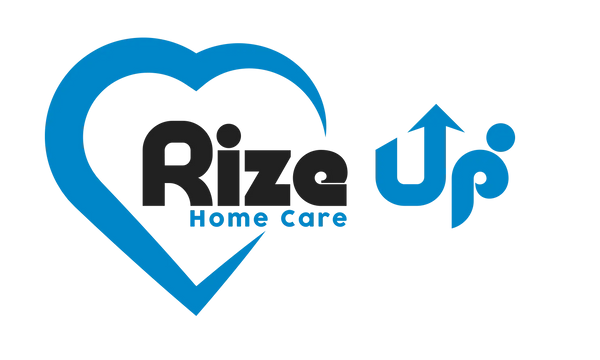Taking care of an aging family member is mentally and physically exhausting. In addition to the mental toll of knowing someone is depending on you, you have to help with everyday tasks like lifting, turning, and transferring them.
There are tons of forums, magazines, blogs, and studies about the risk of falls and preventing falls in the elderly. Falls in older adults happen frequently and account for physical injuries and PTSD.
However, we don't often hear about how improperly lifting someone who has fallen can injure you, the home health care aide, too. In fact, nearly 52% of caregivers suffer musculoskeletal injuries that occur from lifting or moving patients.
Considerations for Caregivers Helping Someone Up From a Fall
Falls in older adults are very unpredictable - We only know that they will happen, but we don't know where, when, or how. That uncertainty makes helping someone up from a fall unpredictable too. As a home health aide, to avoid injuring yourself and further injuring the patient, you must consider:
- The amount of effort you must exert to help someone return to a standing or sitting position.
- Your posture while lifting.
- The position in which someone is lying.
- Where someone must be transferred.
- If further medical assessment is needed before or after helping someone up.
- Your physical ability to help someone with transfers and getting up.
How to Prevent Improper Lifting
Just because you are strong enough or are trained to lift someone properly doesn't mean that you are the best and only solution. Even medical professionals in hospitals use assisted lifting devices to move patients or transfer them to and from bed.
Of course, you can't expect your loved ones or even professional home care agencies to carry massive, 600-pound assisted lifting devices around. Instead, there are portable patient lifts designed for home care use, like the Raizer M Lifting Chair.
The Raizer M is a mechanical lifting device that reduces the risk of injury from improper lifting for the fallen person and their helper. After assembling the Raizer M underneath a fallen person, you can use a hand crank to leverage their body weight and lift them back up. You don't have to exert yourself physically to maneuver the 26-pound chair or the fallen person.
Let's Put an End to Improper Lifting
You cannot expect to help your loved one up from a fall if you are severely injured during the lifting process. Furthermore, improper lifting puts your loved ones at greater risk for exacerbating injuries they may have sustained from the fall or creating new ones.
To learn more about the Raizer M Lifting Chair and how it can prevent improper lifting, click the button below.
Disclaimers: Please note that although Rize Up Care has consulted multiple legal sources to verify the information in this article, we are not lawyers. Always consult with a legal professional before filing a claim.
Always assess the situation before making medical decisions to help another person. Lifting devices should only be used in certain situations which can be assessed and determined that it is safe to use. If you are uncertain, please seek a medical professional for help. Always use your best judgment. The Raizer Lifting Chairs make the lifting process faster, easier and ensure proper lifting technique. That does not mean that they are suitable for every situation.

